Talking men’s lifestyle with The Dapper Chapper
Adam Tanous is The Dapper Chapper, leading men’s lifestyle blogger who recently ranked in the Top 10. Grown from a style blog, Dapper Chapper now covers everything from bars and travel to fitness and interiors. We caught up with Adam who told us about his favourite designers, what PRs should know before they contact him (and not just his favourite tipple), and the evolution of bloggers.
How many different areas does your blog cover, and do you have a primary focus?
We initially started as a style blog but have since diversified to add other sections including Grooming, Lifestyle, The Dapper Chapper Bar and Places to go. Lifestyle is again quite broad and within it we cover things for the home, interior design, fitness, and cars.
What are the main differences between men’s and women’s lifestyle blogs?
Regarding content and aesthetics, I’m not sure there is much difference these days as boundaries are constantly being blurred. What is clear is that there are far fewer active men’s lifestyle blogs compared to women’s, which is probably why we’ve had access to so many amazing collaborations.

Who is your favourite designer?
Tough one because different designers tick different boxes for me. For Summer probably Orlebar Brown and Autumn maybe Private White V.C but easily my most blogged about brand is Clements and Church, who are a bespoke tailoring label. They have a high-profile client list and most of the tailoring that I wear now is by them – tailoring’s best-kept secret.
What’s your favourite grooming product or service?
Perhaps a bit obvious but Aventus by Creed is perhaps the fragrance that I get most comments on when I’m wearing it but that said, all of these are good too.
We’re also a big supporter of BEAST in Covent Garden which is a male-focused grooming destination. They are fantastic curators of interesting male grooming products and worth visiting.
What’s the best night out near you?
I’m a few miles from Stamford Bridge, so I’d probably say an evening watching Chelsea. Team colours aside, these days we spend most of our time socialising at either The Hospital Club in Covent Garden or one of the Soho House venues.
The Ned is also a good shout because you’re likely to find whatever you’re looking for there.
What’s your favourite travel destination?
Tough one, but Costa Rica still just about leads the way. It has everything; tropical climates, the rainforest, wildlife, unbelievable beaches and interesting cultures.
I’ve also had two European trips recently that I’ve been raving about. Firstly, driving around the lakes and the north of Italy and secondly, to Northern Ireland. Both produced great food and spectacular scenery if you’re looking for something a little closer to home.
What one thing should PRs know about you?
If you email me (or anyone at TDC for that matter) without writing our first name at the start of the email, it won’t be read. If you’re too busy to look up who we are then we’re too busy to open your email.
More crucially, I like whisky and gin – this is good to know.
What are the best campaigns you’ve collaborated on recently?
We’re lucky to regularly work on interesting campaigns. We’re collaborating with the Crown Estate to showcase everything that’s going on around St James’s which presents some fun activities.
One of the most interesting trips I’ve been on since I started blogging was out to the fabric mills in Biela, Italy with Clements and Church. It was incredible to see what goes into the fabrics and something I want to write more about.

Do you think bloggers need their own industry association?
Blogging is going through an interesting time at the moment. For us, the blog is still the heart of The Dapper Chapper brand and every piece of content we put out on social links back to something we’ve written for the blog.
Now, online influencers can create content for social channels without necessarily writing a blog post but to remain at the forefront I believe it’s important to be active on various channels.
I think an industry association would be helpful to provide a place to guide bloggers through the continued evolution within the world of blogging.
That said, Vuelio does a great job of creating blogging debate along with championing the blogger, particularly at the annual awards!
What other blogs do you read?
We work a bit with the guys at Menswear Style so I’m always checking in with them. I also appreciate the content by Robin James. I like the way it helps people practically, which is something we want to work towards.


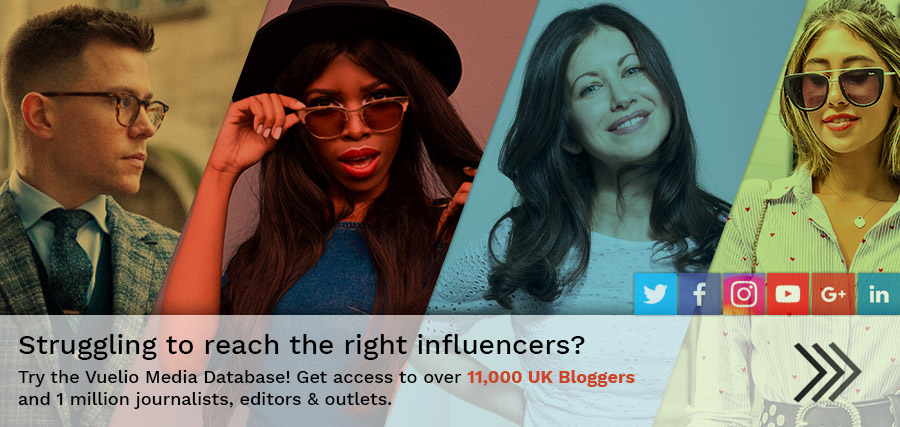

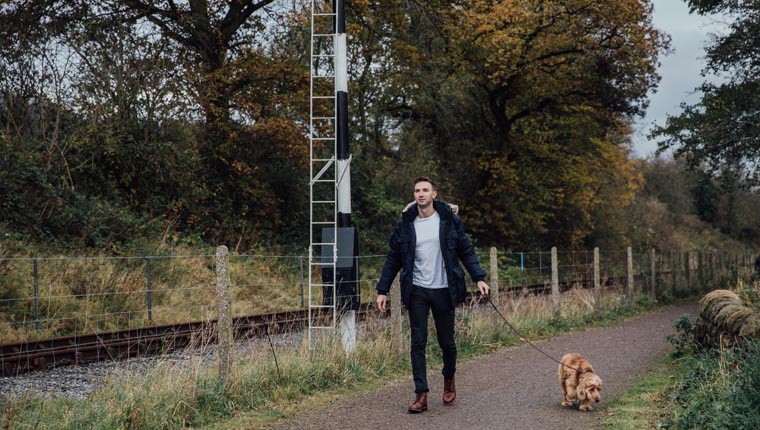

 What are the main differences between men’s and women’s lifestyle blogs?
What are the main differences between men’s and women’s lifestyle blogs?
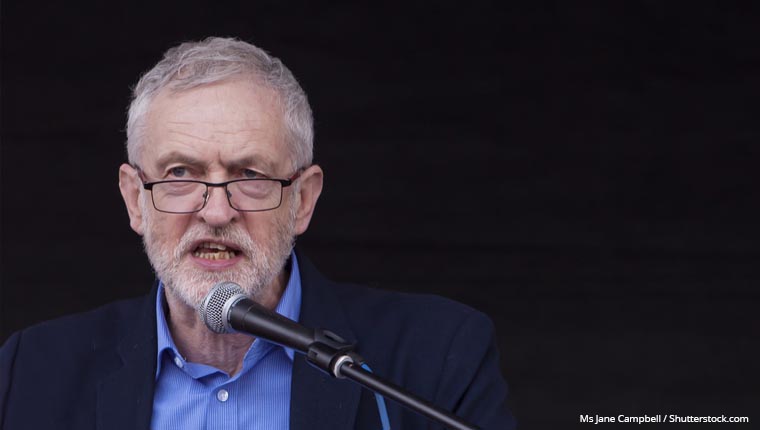



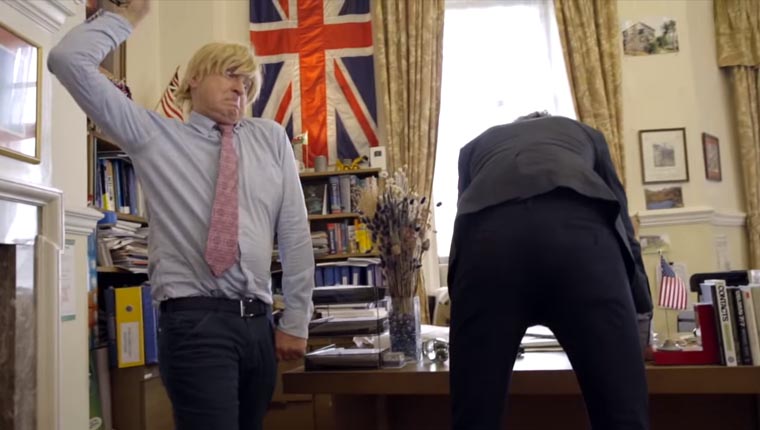

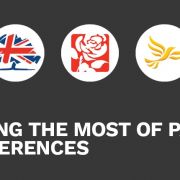
 Party Conferences give MPs and party leaders the chance to announce new policies and strategies, and debate key issues that matter to their members and the country as a whole. They also give you an unrivalled opportunity to lobby MPs and the party’s constituents directly.
Party Conferences give MPs and party leaders the chance to announce new policies and strategies, and debate key issues that matter to their members and the country as a whole. They also give you an unrivalled opportunity to lobby MPs and the party’s constituents directly. Jonathan has been editor of BrexitCentral since its founding in September 2016. His journalistic career has seen him working for the full range of broadcast, print and online media, having initially joined the BBC as a political analyst in the corporation’s busy Westminster newsroom in 1999. Four years later he was recruited by the Daily Telegraph, where he spent five years, latterly writing his own political column, as well as blogging about politics on its website.
Jonathan has been editor of BrexitCentral since its founding in September 2016. His journalistic career has seen him working for the full range of broadcast, print and online media, having initially joined the BBC as a political analyst in the corporation’s busy Westminster newsroom in 1999. Four years later he was recruited by the Daily Telegraph, where he spent five years, latterly writing his own political column, as well as blogging about politics on its website. Sabine specialises in immigration and home affairs, rights, justice and employment. She is part of PLMR’s Brexit Unit, has extensive knowledge in parliamentary processes and tracking legislation. At PLMR she primarily advises on integrated public affairs campaigns, political engagement and journalist engagement but also supports PR campaigns and crisis work across different sectors.
Sabine specialises in immigration and home affairs, rights, justice and employment. She is part of PLMR’s Brexit Unit, has extensive knowledge in parliamentary processes and tracking legislation. At PLMR she primarily advises on integrated public affairs campaigns, political engagement and journalist engagement but also supports PR campaigns and crisis work across different sectors.
 What sets it apart from other fashion magazines? Who is the target audience?
What sets it apart from other fashion magazines? Who is the target audience? Can you describe a typical working day for you? What do you enjoy the most about your job, and what are some of the more difficult aspects of your work?
Can you describe a typical working day for you? What do you enjoy the most about your job, and what are some of the more difficult aspects of your work?


 Over 1,000 Google employees have signed a letter to protest the company’s plans to a build a censored search engine for the Chinese market.
Over 1,000 Google employees have signed a letter to protest the company’s plans to a build a censored search engine for the Chinese market.

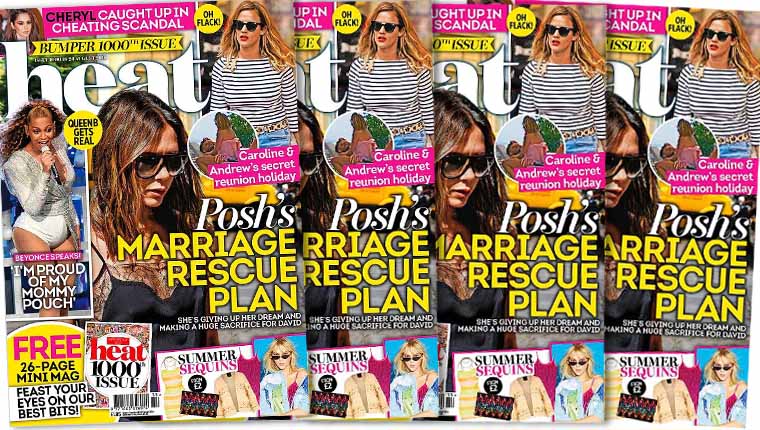





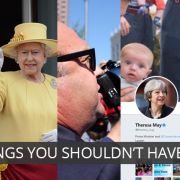

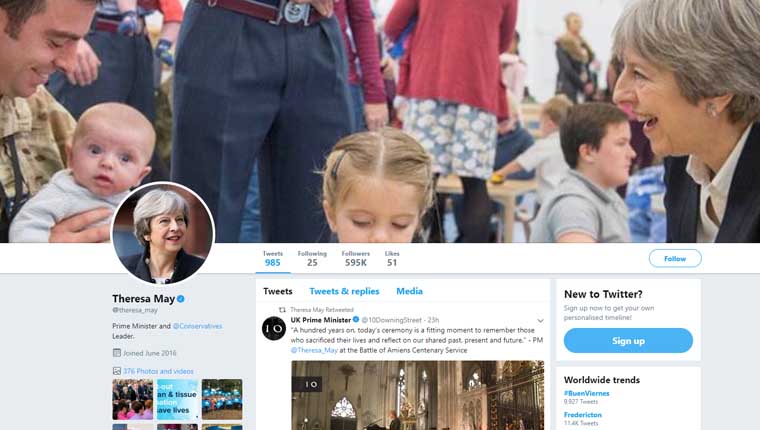
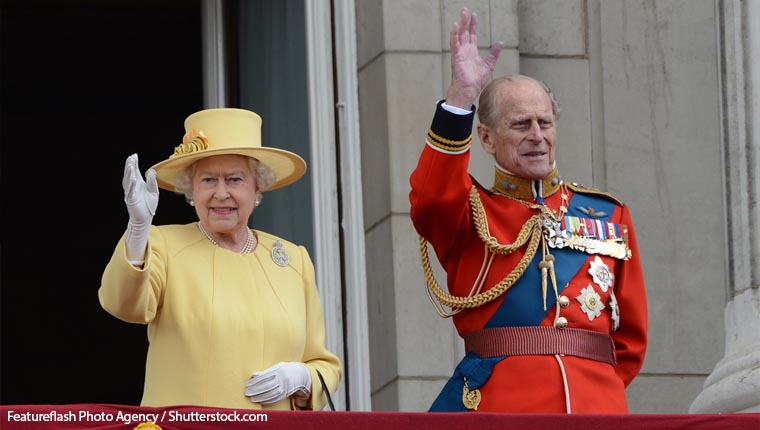


 Following exceptional feedback from 2017, the Vuelio Blog Awards are returning to the Bloomsbury Big Top, a magical venue that promises to wow guests along with our live entertainment, death-defying acts(!) and the most delectable dishes this side of the Michelin guide.
Following exceptional feedback from 2017, the Vuelio Blog Awards are returning to the Bloomsbury Big Top, a magical venue that promises to wow guests along with our live entertainment, death-defying acts(!) and the most delectable dishes this side of the Michelin guide.







